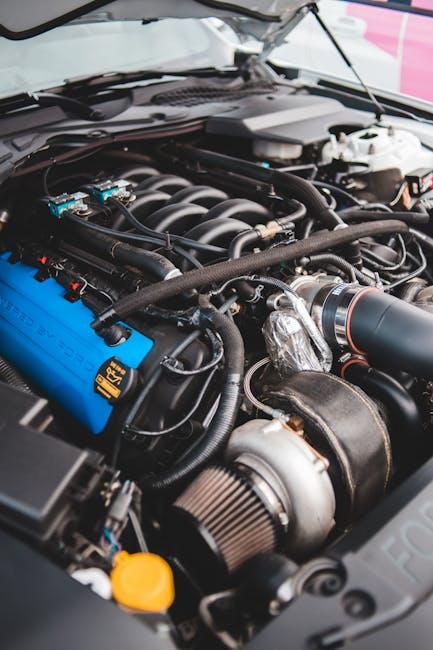Beneath the sleek exterior of every car lies a complex network of systems working tirelessly to keep the engine running smoothly—and among them, the cooling system plays a starring role. Like a silent guardian, it prevents overheating, ensuring your vehicle stays at the perfect temperature through every journey. Maintaining this crucial system isn’t just about avoiding costly repairs; it’s about preserving the heart of your car’s performance. In this article, we’ll explore practical steps and expert tips to help you keep your car’s cooling system in top shape, so you can drive with confidence—no matter where the road takes you.
Table of Contents
- Understanding the Core Components of Your Car’s Cooling System
- Signs Your Cooling System Needs Immediate Attention
- Step-by-Step Guide to Checking Coolant Levels and Quality
- Effective Techniques for Flushing and Refilling the Radiator
- Preventing Overheating Through Regular Thermostat and Hose Inspections
- Best Practices for Maintaining Optimal Cooling System Performance
- Q&A
- Final Thoughts
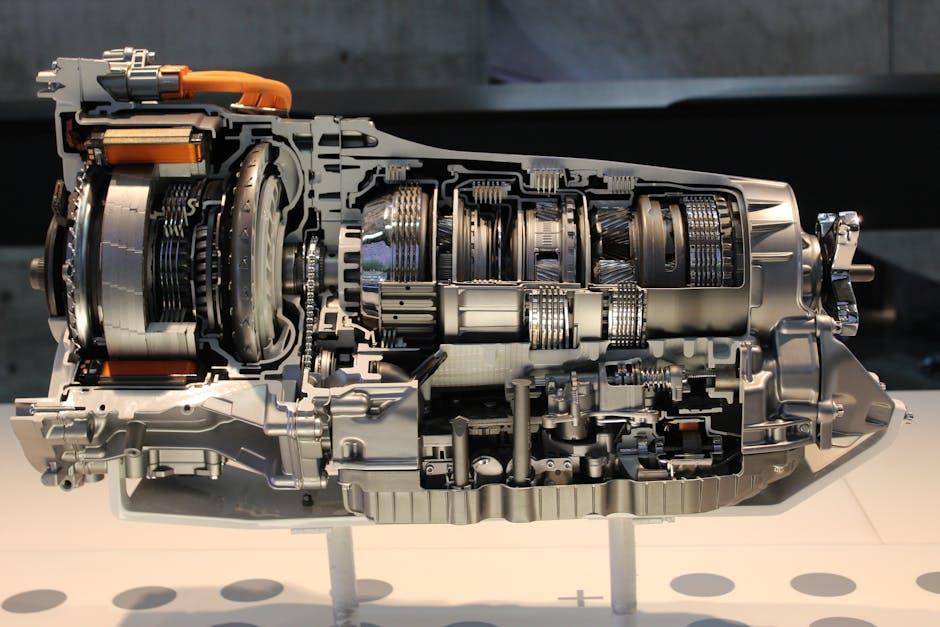
Understanding the Core Components of Your Car’s Cooling System
Keeping a firm grasp on the essential elements of your car’s cooling system will greatly enhance your ability to maintain it effectively. At the heart of this system lies the radiator, a component that functions like a heat exchanger, dissipating heat from the engine coolant into the air. Complementing the radiator is the water pump, which circulates coolant through the engine and radiator, ensuring a constant flow and preventing overheating. Other vital parts include the thermostat, which regulates coolant temperature by managing its flow, and the coolant reservoir, where excess coolant is stored and monitored. Each component must work in tandem to keep your engine running smoothly.
Here’s a concise overview of these critical components and their roles:
- Radiator: Cools down the coolant by exchanging heat with outside air.
- Water Pump: Circulates coolant throughout the engine and radiator.
- Thermostat: Controls coolant flow based on engine temperature.
- Coolant Reservoir: Holds overflow and maintains proper coolant levels.
| Component | Function | Maintenance Tip |
|---|---|---|
| Radiator | Heat dissipation | Check for leaks and flush annually |
| Water Pump | Coolant circulation | Inspect belt tension and pump condition |
| Thermostat | Temperature regulation | Test for timely opening/closing |
| Coolant Reservoir | Coolant storage | Monitor fluid level regularly |
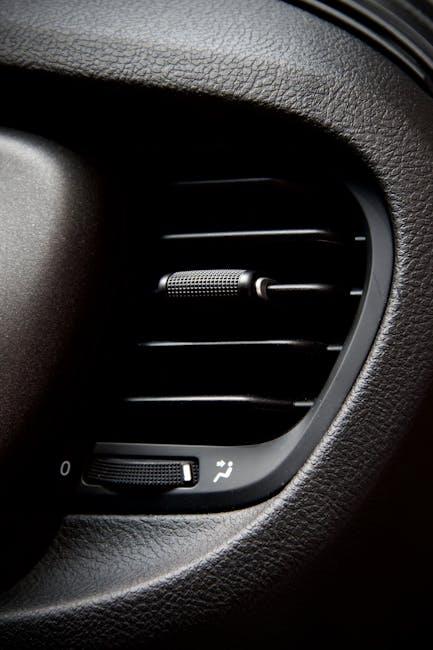
Signs Your Cooling System Needs Immediate Attention
Unexpected engine temperature spikes or frequent overheating often signal that your cooling system isn’t performing as it should. When your dashboard temperature gauge flirts dangerously close to the red zone or if you notice steam swirling beneath the hood, these are urgent markers to act fast. Ignoring these signs can lead to severe engine damage, as the cooling system struggles to dissipate heat effectively.
Other subtle hints include:
- Coolant puddles forming under your vehicle
- Unusual odors, especially a sweet, syrupy smell, indicating a coolant leak
- Persistent low coolant levels despite regular refills
- Heater malfunctioning or blowing cold air while engine warmth is expected
Recognizing these signals early can prevent breakdowns and costly repairs. Below is a quick reference table to diagnose cooling system issues based on symptoms you might observe:
| Symptom | Possible Cause | Recommended Action |
|---|---|---|
| Engine Overheating | Thermostat failure or coolant blockage | Check thermostat and flush coolant system |
| Coolant Leakage | Damaged hoses or radiator cracks | Inspect hoses/radiator and replace if necessary |
| Low Coolant Levels | Hidden leaks or evaporation | Pressure test cooling system to find leaks |
| Inconsistent Heater Output | Air trapped in cooling system | Bleed air from system and refill coolant |
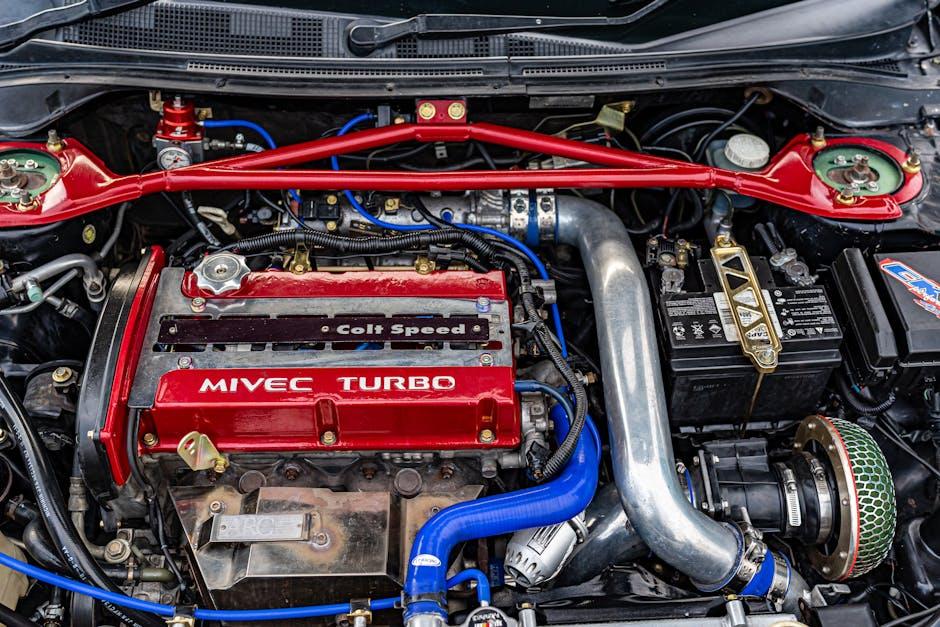
Step-by-Step Guide to Checking Coolant Levels and Quality
Begin by ensuring your engine is completely cool to avoid burns when checking the coolant. Start with locating the coolant reservoir, usually a translucent plastic container near the radiator. Look for the minimum and maximum level markings on the side of the reservoir. If the coolant is below the recommended level, it’s crucial to top it off using the appropriate coolant type specified in your owner’s manual. Always use a funnel to prevent spills and make sure to pour slowly. Avoid opening the radiator cap when the engine is hot, as this can cause high-pressure steam to erupt, posing a serious injury risk.
Next, assess the quality of the coolant. Fresh coolant typically has a vibrant color—usually green, orange, or pink—depending on the formulation. Murky, rusty, or discolored fluid signals contamination or deterioration and should be replaced promptly. You can also use a simple hydrometer tool to measure the coolant’s freezing and boiling points. Below is a basic guide to interpreting your coolant’s condition:
| Coolant Condition | Visual Cue | Recommended Action |
|---|---|---|
| Fresh | Clear, vibrant color | Maintain level; no immediate action needed |
| Contaminated | Cloudy, rusty, or oily film | Flush and replace coolant |
| Low Level | Below minimum mark | Top off with proper coolant |
- Tip: Always use the coolant type specified by your vehicle manufacturer to ensure optimal performance.
- Warning: Dispose of old coolant responsibly as it is toxic to pets and the environment.

Effective Techniques for Flushing and Refilling the Radiator
Maintaining the efficiency of your car’s cooling system starts with a thorough flushing and refilling of the radiator. Begin by ensuring the engine is cool to avoid burns, then drain the old coolant by opening the radiator drain valve or removing the lower radiator hose. Make sure to properly dispose of the used fluid or recycle it according to local regulations. After draining, flush the system with distilled water or a radiator flush solution to remove accumulated rust, scale, and debris that can clog the system. Running the vehicle briefly with the heater on during this step helps circulate the flushing solution through the entire cooling circuit.
Refilling the radiator requires careful attention to the type and mixture of coolant used. Many manufacturers recommend a specific ratio of antifreeze to distilled water — commonly 50/50 — to balance freezing protection with optimal heat transfer. Use the checklist below to ensure a smooth refill process:
- Consult your vehicle manual for the correct coolant specifications.
- Pour slowly into the radiator or expansion tank to avoid air pockets.
- Bleed the system by opening bleed valves or running the engine to expel trapped air.
- Recheck coolant levels after the engine has reached operating temperature.
| Step | Tip |
|---|---|
| Flush | Use distilled water or flush solution |
| Drain | Empty old coolant completely |
| Refill | Mix antifreeze and water as recommended |
| Bleed | Remove air bubbles for proper circulation |

Preventing Overheating Through Regular Thermostat and Hose Inspections
Keeping your car’s engine at its optimal temperature hinges on the health of critical components like the thermostat and radiator hoses. Regular inspections help you spot early signs of wear such as cracks, bulges, or coolant leaks, which can quickly escalate into severe overheating issues. The thermostat, often overlooked, acts as the gatekeeper regulating coolant flow; a malfunctioning thermostat can cause either excessive heat retention or overcooling, both detrimental to engine performance. Checking these parts before they fail ensures smooth engine operation and prevents costly breakdowns during your drives.
Incorporate a simple routine to spot potential problems:
- Visual check for hose softness, brittleness, and leaks.
- Feel the hoses for swollen or hardened spots which indicate aging.
- Watch temperature fluctuations on your dashboard gauge as a sign of thermostat issues.
| Inspection Item | Signs of Trouble | Recommended Action |
|---|---|---|
| Thermostat | Irregular temperature gauge readings | Replace immediately |
| Radiator Hoses | Soft spots, cracks, coolant leaks | Inspect and replace as needed |
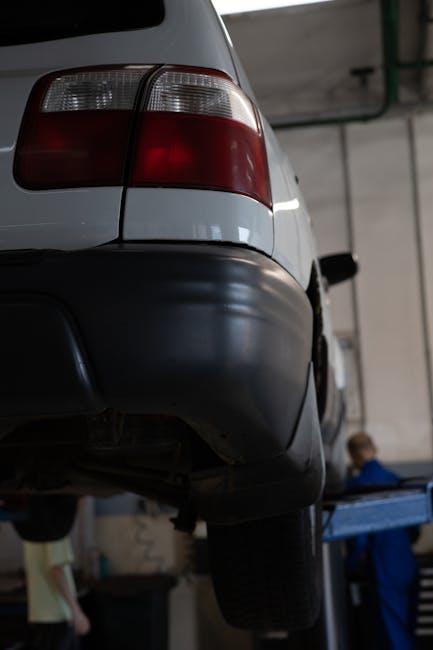
Best Practices for Maintaining Optimal Cooling System Performance
To ensure your car’s cooling system runs smoothly, regular inspections and maintenance are non-negotiable. Start by checking the coolant level frequently, especially before long trips. Use a mixture recommended by your vehicle’s manufacturer—usually a 50/50 blend of antifreeze and distilled water. Also, inspect the radiator and hoses for leaks, cracks, or signs of wear. Over time, hoses can become brittle, causing coolant loss and potential overheating. Cleaning debris like leaves and bugs from the radiator grill helps maintain optimal airflow, which is vital for efficient cooling.
Incorporate these actions into your routine maintenance checklist to maximize the lifespan and performance of your cooling system:
- Flush and replace coolant routinely, typically every 30,000 miles or as recommended.
- Check the radiator cap for pressure integrity, replacing it if signs of damage appear.
- Monitor temperature gauge readings and address any unusual spikes immediately.
- Test the thermostat periodically to ensure it opens at the correct temperature.
| Maintenance Task | Recommended Frequency |
|---|---|
| Coolant Level Check | Monthly |
| Coolant Flush | Every 30,000 miles |
| Hose Inspection | Every 6 months |
| Radiator Cleaning | Seasonally |
Q&A
Q&A: How to Maintain Your Car’s Cooling System
Q1: Why is the cooling system important for my car?
A1: The cooling system is like your car’s personal air conditioner for its engine. It prevents overheating by circulating coolant through the engine and radiator, keeping everything running smoothly and avoiding costly damage.
Q2: How often should I check my car’s coolant level?
A2: It’s good practice to check your coolant level every month or before long trips. Low coolant can lead to overheating, so keeping an eye on the reservoir ensures your system stays hydrated and healthy.
Q3: What type of coolant should I use?
A3: Always consult your car’s owner manual. Different vehicles require specific types of coolant based on their engine materials and design. Using the wrong type can cause corrosion or reduce efficiency.
Q4: Can I just top off the coolant when it’s low?
A4: Topping off is a temporary fix but won’t solve underlying issues like leaks or deterioration. If you’re frequently adding coolant, it’s time to inspect for leaks or have a professional evaluate the system.
Q5: How often should the coolant be flushed and replaced?
A5: Typically, flushing and replacing coolant every 2 to 5 years (or 30,000 to 50,000 miles) helps remove debris and contaminants, promoting optimal heat transfer and preventing corrosion inside the cooling system.
Q6: What signs might indicate a cooling system problem?
A6: Look out for warning signs such as an overheating temperature gauge, leaking coolant puddles, steam from under the hood, or a sweet smell inside or near your car. These clues mean your cooling system needs immediate attention.
Q7: Is it important to check other cooling system components?
A7: Absolutely! Radiators, hoses, water pumps, and thermostats are all vital players. Regularly inspecting hoses for cracks or leaks, ensuring clamps are secure, and checking the radiator for debris can prevent bigger headaches later.
Q8: Can I maintain the cooling system myself?
A8: Basic checks like coolant level inspections and visual hose assessments can be DIY. However, more complex tasks such as pressure testing, flushing, and replacing components are best left to trained mechanics.
Q9: Does the type of driving affect cooling system maintenance?
A9: Yes. Heavy city traffic, mountainous terrain, or towing can stress your cooling system more than highway cruising. In such cases, more frequent checks and maintenance are advisable.
Q10: What’s the best way to extend the lifespan of my car’s cooling system?
A10: Regular maintenance is key: use the correct coolant, keep your coolant topped up, inspect components frequently, and address issues promptly. This care keeps your engine cool and your drives worry-free.
Final Thoughts
Maintaining your car’s cooling system is more than just a routine task—it’s a vital step in preserving the heart of your vehicle’s performance. With regular care, you not only prevent overheating and costly repairs but also ensure a smooth, reliable ride no matter where the road takes you. So, armed with these simple yet effective tips, take control of your car’s cool factor and drive on with confidence, knowing your engine’s cooling system is ready for the journey ahead.
